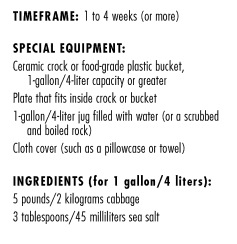At last year’s Google I/O we were tantalizingly teased with the idea of music streaming to our mobile devices. Since then, there have been hints and leaks, but nothing official from Google on when or how this new service would be rolled out. Well, now we can add a big piece to that puzzle with the news that Google has acquired mobile entertainment company PushLife, which has been developing a music app of its own for the Android and BlackBerry platforms. PushLife offers one-click purchases from an integrated music store, an overview of tunes you have both on your smartphone and on your computer (with the ability to access both sets on the phone), and automatic playlist syncing with iTunes or Windows Media Player libraries. There’s even more fanciness, such as recommendations based on the song you’re playing, artists bios and photo galleries, plus the inevitable Twitter and Facebook integration. The Canadian startup is believed to have cashed in to the tune of $25 million and will soon be shutting down its independent operations. Also soon: Google I/O 2011. Hint, hint, Google! Demo video after the break.
Continue reading Google snags PushLife, will probably use it to push music to your Android phone
Google snags PushLife, will probably use it to push music to your Android phone originally appeared on Engadget on Sun, 10 Apr 2011 16:36:00 EDT. Please see our terms for use of feeds.




 Yogurt, bread, beer, kimchi, wine, cheese, miso, kraut, and vinegar are among the many foods that are produced with the aid of microorganisms. Those are living beasties of a type that we ordinarily try to remove from what we eat. This cookbook is full of fermentation recipes. It presents a unified theory of “live-culture foods,” a way of connecting their different methods in order to understand why fermentation is a Good Thing, and why there should be more of it.
Yogurt, bread, beer, kimchi, wine, cheese, miso, kraut, and vinegar are among the many foods that are produced with the aid of microorganisms. Those are living beasties of a type that we ordinarily try to remove from what we eat. This cookbook is full of fermentation recipes. It presents a unified theory of “live-culture foods,” a way of connecting their different methods in order to understand why fermentation is a Good Thing, and why there should be more of it.



